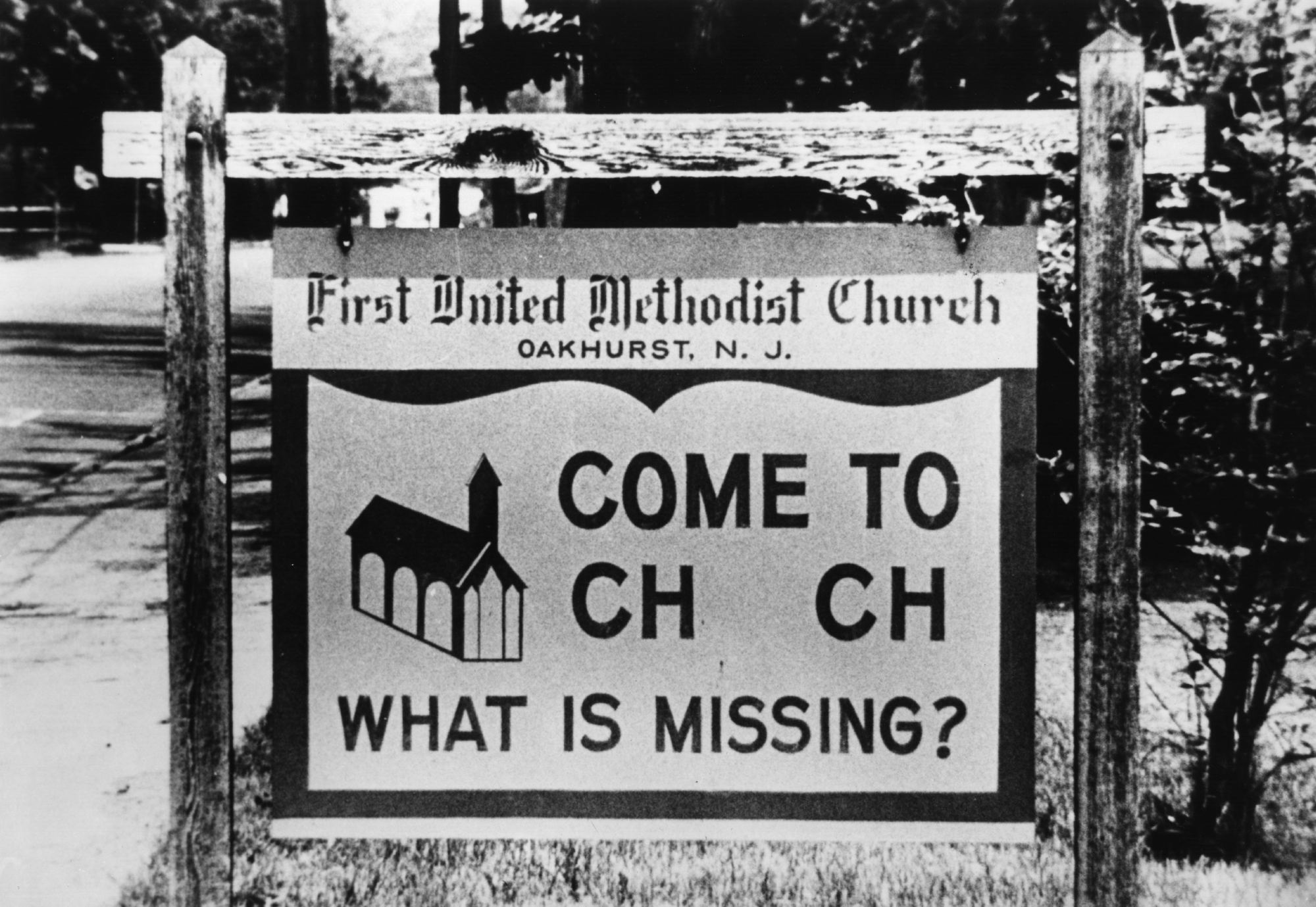This is a guest post from Kent Bateman. He is a good friend of mine, a fellow pastor at Midtown Fellowship, and in the process of planting a church in Knoxville, TN.
“Hipster Jesus loved you before you were cool.”
“Don’t make me come down there.”
“CHCH…What’s missing? U R.”
We’ve all seen them at the church on the corner: church signs. Generally, they either make us laugh outloud, blush from embarrassment, or punch our steering wheel in anger (maybe that last one is just me?)
The way I see it, most church marquee signs can be divided into three categories:
- General Humor. This is usually just churches being cheeky. I especially appreciate the ones that show we know not to take ourselves too seriously. Never underestimate the missional value in poking fun at yourself every once in a while. These are generally signs like “Not sleeping well? Our sermons will do the trick.”
- Scare tactics. “Stop, drop and roll doesn’t work in hell.” “Don’t make me come down there” (which my friend Adam pointed out reveals a fundamental misunderstanding–that’s the entire point of the gospel, that God did “come down here”). These signs think it’s their job to use shock and awe to jar the bypasser into enough fear that he or she finally attends a service there. Although I’m not sure attending such a church would actually do them much good. The type of Christians that put these signs up remind me of what Jesus said about traveling land and sea to make a single convert, only to make them twice as much a son of hell as themselves.
- Desperate attempts at relevance. Usually this type is plagued with pop culture references, nods to how Jesus is similar to or better than Twitter, Facebook, or Pinterest (I’m guessing this analogy stops short of Tinder). These signs generally seek to attach Jesus to something that people already care about: a car, a popular novel, a super hero, a celebrity, etc. The thought, I think, is that if we show people how similar Jesus is to this other thing they already like, then maybe they’ll receive Jesus too.
I think this final category of signs leads us to a bigger question about how churches should attempt cultural relevance. Wanting to be relevant in itself is not a bad thing: Jesus, Paul, Peter, and others put much effort into showing the relevance of their message. The problem often comes in how we go about relevant to the world around us.
Making Jesus Relevant or Showing the Relevance of Jesus?
Namely, there’s a big difference between making the gospel relevant and showing the relevance of the gospel. Making the gospel relevant starts with the assumption that it isn’t already–that people have no real need for Jesus in their life, and so our task is to show them how much Jesus resembles something they do need. This is how we get sermon series that share names with popular movies and TV shows, and sermons about how Jesus is just like your iPhone (there’s an app for that, anybody?).
Showing the relevance of the gospel, while it may seem similar, is altogether different. It starts with the premise that the gospel is already relevant, and that what our culture most needs is to have someone help them see that relevance. So instead of a series about how Jesus is the real Iron Man, we do a series about how people’s love for the Iron Man franchise actually reveals that deep down, we want the gospel to be true. We want there to be a savior to rescue us out of our pain, do away with injustice, and set things right again. And that savior is way better than Iron Man–it’s the God of the universe.
Right Idea, Wrong Execution
I think on the whole, many people’s hearts are in the right place when they put up their clever church signs. Often, it’s just Christians attempting to be relevant to their culture. But what our world needs most is not to see the Church’s ability to write clever signs, play Coldplay songs as well as Coldplay, or create mind-boggling videos and graphic design. What they need most is to hear why knowing Jesus makes a difference tomorrow morning when they wake up. And we’re in luck–because that’s exactly the message we’ve got.
